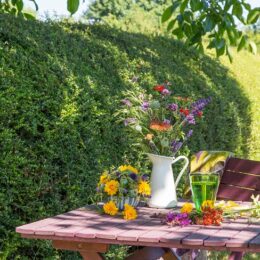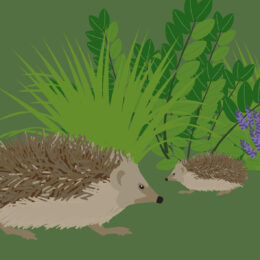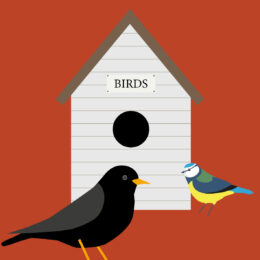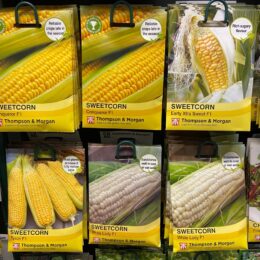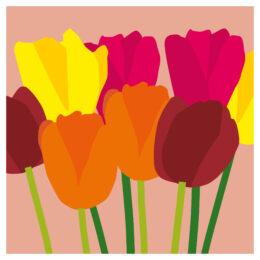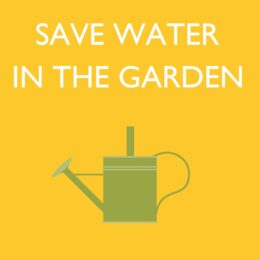All animals need water to survive, and the more you can supply, the greater the variety of wildlife you will see in your garden. Whether your garden is big or small you can create a pond suitable for your space. Many of our natural wetlands have disappeared over the years so creating a pond in your garden can be a very useful asset to wildlife. Attract inhabitants and visitors, from frogs and toads to birds, bats, and dragonflies, all have a wonderful appetite for garden pests!
What will you need:
- Large plastic container with no holes
- Bag of natural slate or stones
- A few larger stones
- Water plants – we chose an Iris to add some height, Hydrocotyle (Water Pennywort) to sit on the surface and a tub of assorted free-floating oxygenators to keep the water healthy
- Sieve or colander
- Watering can
- Piece of wood to use as a ramp (optional

1. Firstly, you need to find a suitable spot in your garden to place your pond, making sure the surface is flat. If possible, choose a semi-shaded position away from trees to avoid spending time removing fallen leaves from the water. Do not place your pond in a really sunny spot as you will be forever topping up the water during dry spells!

2. Using the sieve and watering can wash the dust out of the gravel/stone so this doesn’t make the pond water dirty when you add it.

3. Tip the gravel into your container and level out. Your container should now be 1/4 full.

4. Now place your larger rocks into your pond container. You will need to stack these to ensure part of the rock is above your water level. This will help your wildlife get in and out of the pond and encourage larger wildlife like frogs; newts and toads.

5. Time to add the potted plants, use the plant labels to see whether they prefer to be on the bottom or nearer the surface – place on a large stone to sit them nearer the surface if necessary.
6. Fill the pond, ideally using rainwater from a water butt. You can use water from your garden tap but it will need a few days to settle.

7. Add the free-floating oxygenators, just drop them carefully into the water. Your pond will look a little murky to start with but these plants will clear the water in a few days.
8. Optional: After a few days, once your pond has settled, make a ramp using a piece of wood and lean it against your pond to allow creatures to climb in and out.
How to fill your pond with plants:
- Oxygenators – Usually submerged plants. For example; Curled Pondweed, Rigid Hornwort, Water Crowfoot & Common Water Starwort.
- Floating plants – Plants whose leaves float on the surface, this provides shade to the water below and reduces the growth of algae. For example; Amphibious Bistort & Frogbit.
- Emergent plants – Plants with erect stems and leaves which emerge above the water’s surface. These are important for dragonfly nymphs to crawl up before they become adult flying insects. For example; Branched Bur-Reed, Bogbean, Greater Spearwort, Greater Pond Sedge & Small Sweet Grass.



